Market Analysis
Vacuum Packaging Market (Global, 2023)
Introduction
The vacuum-packaging industry has become an important part of the packaging industry, mainly due to the growing demand for food preservation, longer shelf life, and safety. In recent years, as consumers become more health-conscious and environmentally conscious, the demand for packaging solutions that are more sustainable has also increased. This has pushed manufacturers to adopt more advanced technology. The vacuum-packaging industry is also characterized by a wide range of applications in various industries, such as food and beverage, pharmaceuticals, and electronics. Vacuum packaging must meet the different requirements of each industry. In addition, with the development of e-commerce and the popularity of food delivery, vacuum packaging has become a new trend for the industry. The vacuum package can ensure the quality of the product during the delivery process. The popularity of ready-to-eat food has also pushed the demand for vacuum packaging, not only to maintain freshness, but also to improve the quality of the product. The vacuum-packaging industry is still developing, and more and more materials and processes have been developed to meet the requirements of sustainability and cost.
PESTLE Analysis
- Political
- The vacuum packaging market in 2023 will be affected by the various political factors, including trade policies and regulations. For example, the European Union has strict food safety regulations, which stipulate that 85 percent of food packaging materials must meet the specific safety standards. It is estimated that the vacuum packaging industry will face a cost increase of up to 500,000 euros per year due to this. Also, due to the impact of trade tensions, import tariffs have been imposed on some imported packaging materials, which will also affect the supply chain and the price strategy of vacuum packaging companies.
- Economic
- The year 2023 presents both opportunities and challenges for the vacuum packaging industry. In several regions, inflation has reached a level of 6.5%, resulting in a drop in consumers’ purchasing power and a shift towards more cost-effective packaging solutions. The disruptions to the supply chain have also led to a rise of approximately 15% in the price of raw materials, which has forced manufacturers to review their price strategy. Despite these challenges, the demand for vacuum packaging in the food industry remains strong, with the food and beverage industry accounting for more than 40% of the total consumption of vacuum packages.
- Social
- In 2023, social trends show an increasing demand for sustainable and environmentally friendly packaging. In a recent survey, 72% of consumers are willing to pay extra for products that use environmentally friendly packaging. This trend has prompted vacuum package manufacturers to change their ways and adopt biodegradable materials, which are expected to account for at least 25% of the total packaging materials used in 2025. Besides, with the rising health consciousness of consumers, the demand for vacuum-packed food has increased. Because of its longer shelf life and better nutritional value, people are more willing to buy vacuum-packed food.
- Technological
- TECHNOLOGY PLAYS A KEY ROLE IN THE FUTURE OF THE VACUUM PACKAGING MARKET IN 2023. INTEGRATION OF SMARTER PACKAGING TECHNOLOGY, SUCH AS INTEGRATED SENSORS THAT MEASURE FRESHNESS, IS NOWCOMING MORE AND MORE POPULAR. It is estimated that by the end of the year about 30 percent of new vacuum packages will contain these technologies. Moreover, the use of automation in packaging has made the process more efficient. A total of 20 percent of labor costs have been saved by the use of automatic sealing machines. In addition, the use of this technology is expected to improve the quality of products and reduce food waste.
- Legal
- In 2023, the vacuum packaging market is mainly influenced by strict regulations in terms of food safety and compliance with the environment. FDA requires all food-packaging materials to be tested for chemical migration. The cost of compliance per product line averages $ 200,000. In addition, in some countries, new laws have been passed that restrict the use of disposable plastics, which forces manufacturers to seek alternative materials. If these regulations are not met, the company may be subject to fines of up to $ 1 million, which further increases the importance of legal compliance in this market.
- Environmental
- In 2023, the vacuum packaging industry will be increasingly influenced by the concern for the environment. The growing trend towards a sustainable economy will lead to a considerable increase in demand for recyclable and compostable packaging materials. By 2025, it is estimated that half of all vacuum-packaged products will be made from recycled materials. Also, the carbon footprint of the packaging industry is being questioned, and by 2030 the industry aims to reduce greenhouse gas emissions by 30 percent. Companies are investing in energy-saving production processes, and some of them have already reported a 25 percent reduction in energy consumption by using renewable energy sources.
Porter's Five Forces
- Threat of New Entrants
- The vacuum-packaging market is characterised by a medium degree of protection from new entrants, owing to the special equipment and technology required. Although the initial investment is high, the growing demand for vacuum-packed foodstuffs and other products offers opportunities for new entrants. Nevertheless, they are faced with the problem of competing with the established companies, which have strong brand awareness and distribution networks.
- Bargaining Power of Suppliers
- Suppliers in the vacuum-packaging market generally have a low bargaining power. Materials used in vacuum-packaging, such as plastics and films, are widely available from many suppliers. This enables manufacturers to change suppliers easily, thereby reducing the power of suppliers to negotiate on price and conditions.
- Bargaining Power of Buyers
- The buyers of the vacuum-packaging market, particularly the large food wholesalers and manufacturers, have considerable bargaining power. Their sizeable purchases give them the power to bargain hard. And the availability of alternative packaging solutions gives them even more negotiating power.
- Threat of Substitutes
- The threat of substitutes in the vacuum-packaging market is moderate. Vacuum packaging offers a unique combination of extended shelf life and reduced spoilage, but alternatives, such as modified atmosphere and traditional packaging, are also readily available. Often, the choice of packaging depends on the product’s needs and consumers’ preferences.
- Competitive Rivalry
- Competition in the vacuum-packaging market is high, driven by a large number of players who are vying for market share. Price, quality and innovation are the main areas of competition. With the rapid growth of the food and beverage industry and rising demand for convenience, the competition is becoming increasingly fierce.
SWOT Analysis
Strengths
- Increased shelf life of products leading to reduced food waste.
- Growing demand in the food and beverage industry for preservation.
- Technological advancements improving packaging efficiency and quality.
Weaknesses
- High initial investment costs for vacuum packaging machinery.
- Limited consumer awareness about the benefits of vacuum packaging.
- Potential for product damage if not properly executed.
Opportunities
- Expansion into emerging markets with rising disposable incomes.
- Growing trend of e-commerce and online food delivery services.
- Innovations in sustainable and eco-friendly packaging solutions.
Threats
- Intense competition from alternative packaging methods.
- Regulatory challenges regarding food safety and packaging materials.
- Economic downturns affecting consumer spending on premium packaging.
Summary
In 2023 the vacuum packaging market will be characterized by its strengths in extending product shelf life and technological advancements that will serve the growing food and beverage sector. However, the high initial costs and low consumer awareness may limit the market’s growth. Opportunities lie in expanding into new markets and in the e-commerce sector. On the other hand, competition and regulatory issues may affect the vacuum packaging market’s development. The vacuum packaging industry’s strategic focus will be on innovation and consumer education.

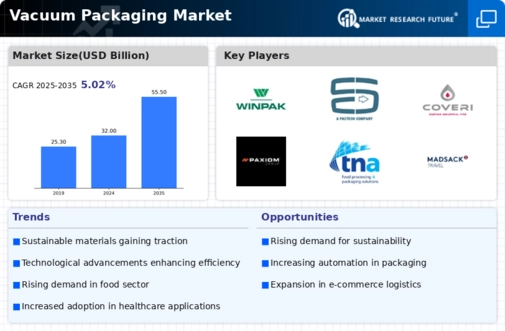
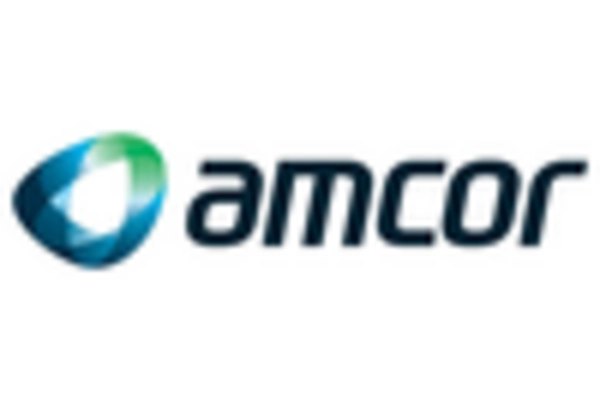
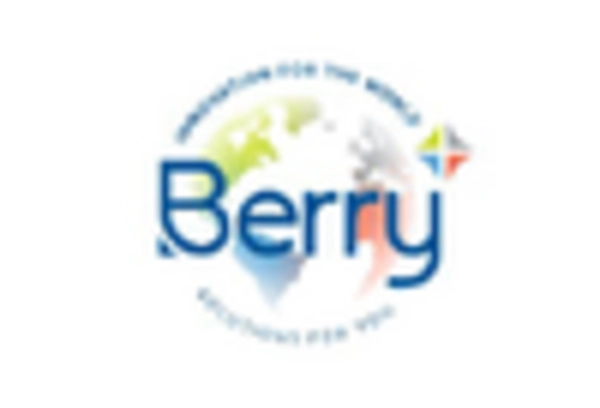
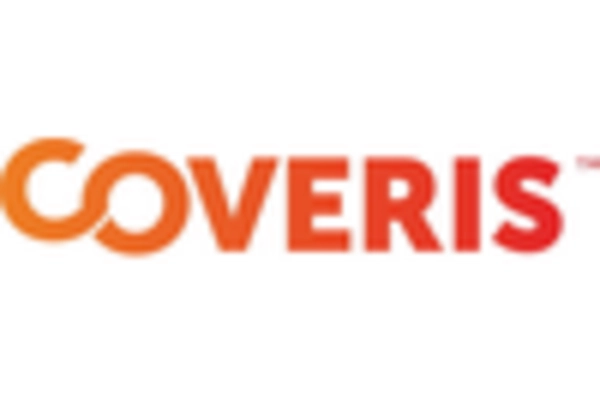
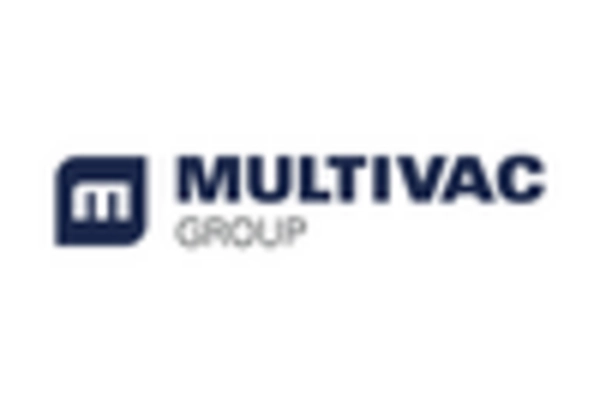
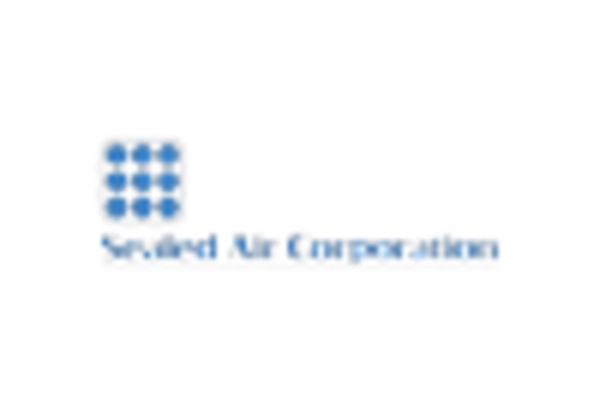
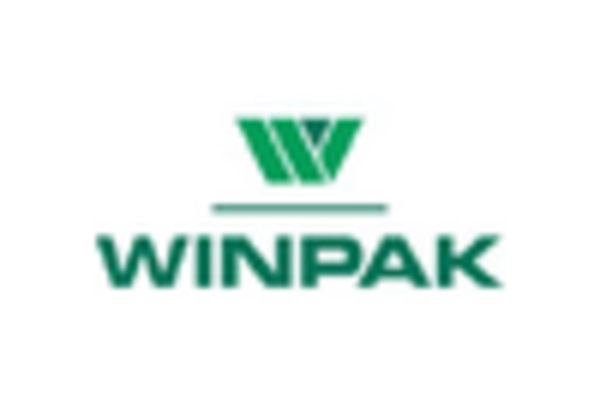









Leave a Comment